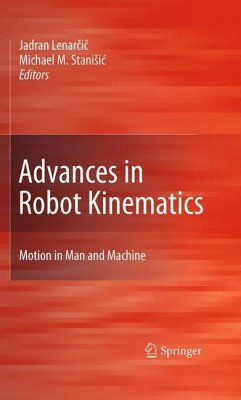The field of Intelligent Autonomous Systems (lAS) has attracted over the years the attention of numerous research and industrial groups and has by now arrived at an advanced level of development. The results have been achieved through the synergetic use of concepts, techniques and technologies drawn from electrical and mechanical engineering, control engineering, systems science, computer science and management science. Currently, the majority of working systems in practice are of the semi autonomous type needing some level of human intervention. Therefore much effort is presently devoted in academic, research and industrial environments towards further increasing the level of autonomy. This book provides a collection of essays which cover the latest research in the lAS field and present a rich set of results accompanied by detailed descriptions of the relevant concepts, tools, techniques and hardware/software designs. The book contains twenty three chapters grouped in the following parts: Part 1: General concepts, architectures and technologies Part 2: Mobile, walking and snake-like robots Part 3: Applications PART 1 involves the first seven chapters which deal with generic issues. Chapter 1 (by S. G. Tzafestas) provides some background material, accompanied by a description of two research lAS prototypes, namely a car-disassembly robotic system and a semi-autonomous/autonomous robotic wheelchair. Chapter 2 (by G. Bolmsjo, M. Olsson and K. Brink) presents a generic event-based control system structure for the control of a robotic workcell, including its implementation, where the autonomous operation is achieved via reactive replanning and configurable corrections.








